How trans strip nights are creating their own spaces everywhere
In the US and abroad, what happens at queer strips nights like THIRST stays at queer strip nights… unless it doesn’t. Words by Han Schneider Photography by Justin J. Wee Depending… The post How trans strip nights are creating their own spaces everywhere appeared first on GAY TIMES.
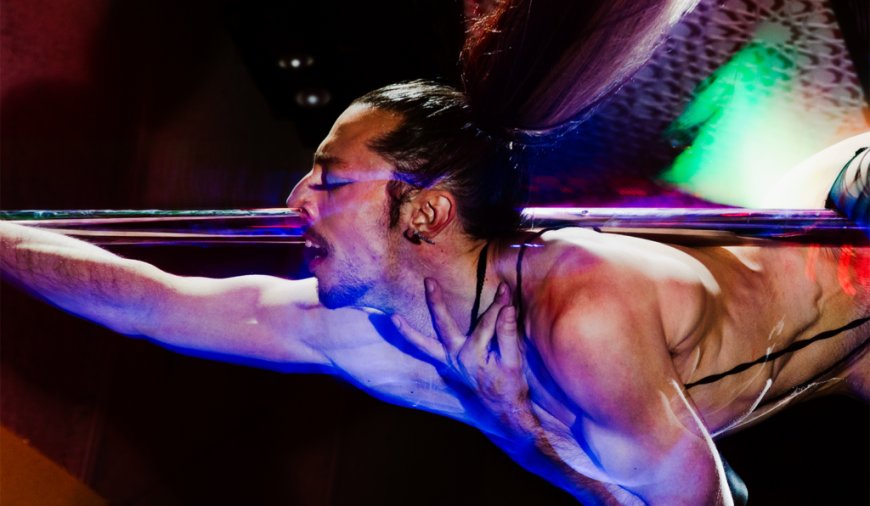

In the US and abroad, what happens at queer strips nights like THIRST stays at queer strip nights… unless it doesn’t.
Words by Han Schneider
Photography by Justin J. Wee

Depending on who you are, the first things that come to mind about an average night out at a strip club likely aren’t “Blood! Dancing! Rope!” But that’s exactly what one flier for THIRST promises.
The monthly queer-trans strip night produced by Juno Stardust and Mars Hobrecker is not your average strip show: pleaser boots with lit sparklers attached to the heels, ballroom performers, lap dances from a dancer wearing a strap-on, and shibari performers. But the true essence of the night is fostered by the performers and their audiences — if you can get a ticket before they sell out.
Thirst is just one of many trans strip nights across the US and abroad, with lines of guests wrapped around the block and floors covered in singles. THIRST producers Hobrecker and Juno were inspired by events like LA-based Fantasy Suite and the QTBIPOC strip show Alejandro (not to mention their sister show Jolene). There’s also another show called, “queer strip night” that pops up across New England and Baltimore, as well as Harpies in the UK.
“We just want people to bring whatever they think is sexy, and I think also specifically a version of sexy that you don’t get to show somewhere else,” says THIRST producer and tattoo artist Hobrecker. “I feel hottest when I’m drenched in blood.”
Thirst has been hosted at the Sultan Room in Brooklyn, NY, four times so far, with a fifth swiftly approaching in time for Valentine’s.
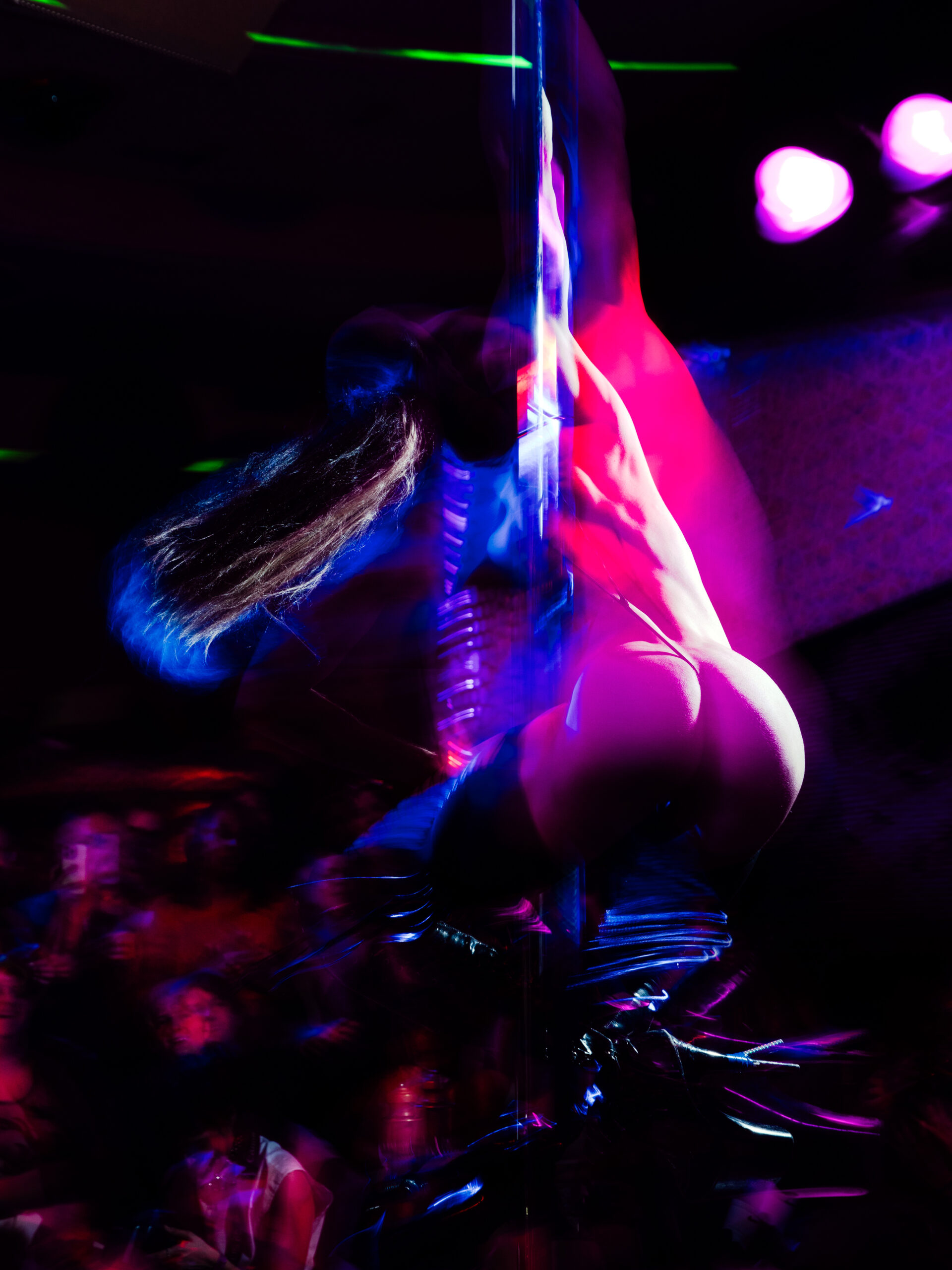
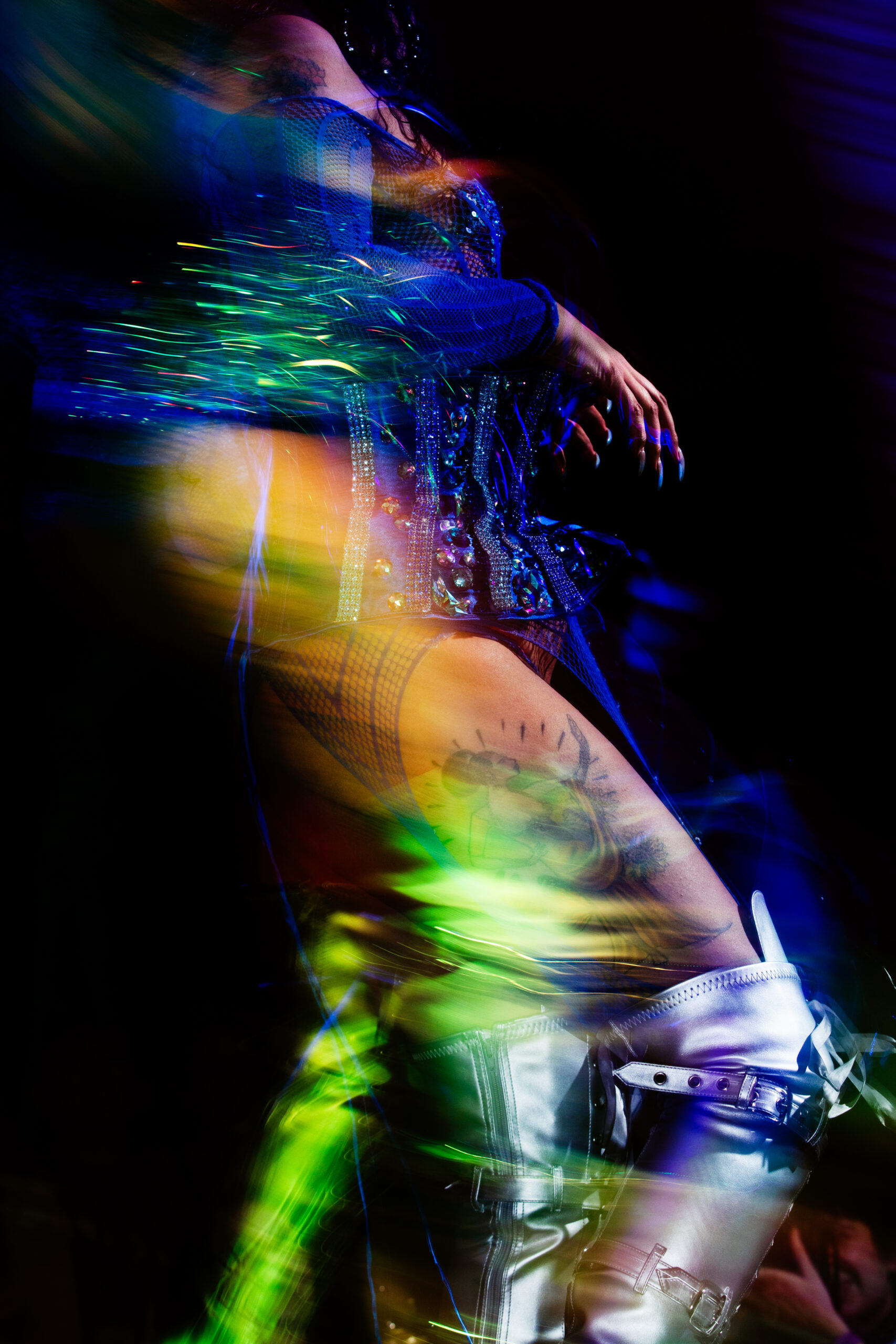
What trans strip nights mean for queer sex workers
Just as pole dancing is one type of performance that falls under the umbrella of “stripping,” stripping itself falls under the expansive umbrella of sex work.
Organizers like Hobrecker and Juno are first and foremost interested in creating spaces for current and former queer sex workers. Whether that’s through creating a space for trans women and trans femmes — who are often excluded from traditional strip clubs — as well as working nonbinary strippers who perform fully fluid in ways they can’t at traditional clubs.
“I am a stripper myself, and I am also a genderqueer person, and have watched a lot of my peers not get opportunities in the clubs, or get fired from the clubs, for how they present, or when they start transitioning — more visibly transitioning in their gender,” says Juno. “And it just feels really frustrating that there’s no space where we can be ourselves while doing this work.”
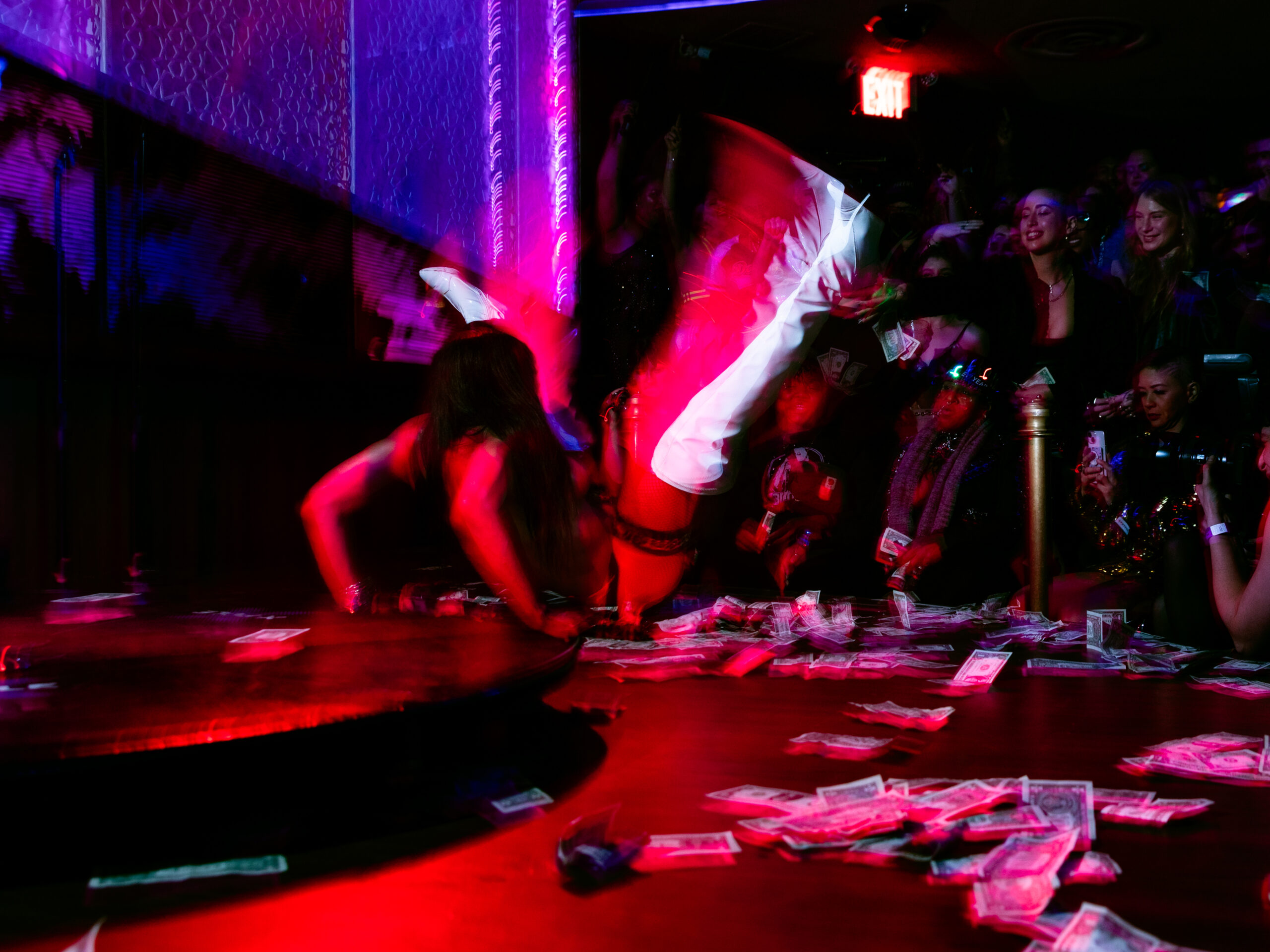
How trans people excluded from traditional strip clubs
Trans strip nights are more than a fun, sexy time, though that’s always a guarantee. Ruby Zarsky, an artist and musician who produced trans-femme-centered events like “All Dolled Up ” and “Plastic Paradise” in late 2023, shared that her priority was creating a space for transfemmes to be able to truly work.
“It was primarily a space where the dancers, the trans girls, could make some income. One girl told me she bought a washing machine with it.” says Zarsky. “My other friend said that she paid her rent in single dollar bills.”
Zarsky, upon researching strip clubs in New York, found that there’s an unspoken bias against hiring trans women in traditional clubs, and strippers who perform stealth often lose their jobs if they are outed.
Strip clubs are also valuable spaces for sex work, not only because dancers can earn money when they’re working but it’s also a safer space to vet potential clients. When it comes to typical strip clubs, trans sex workers are more at risk in terms of safety, but not having a space to meet and vet clients means less income and more risk, Zarsky adds.
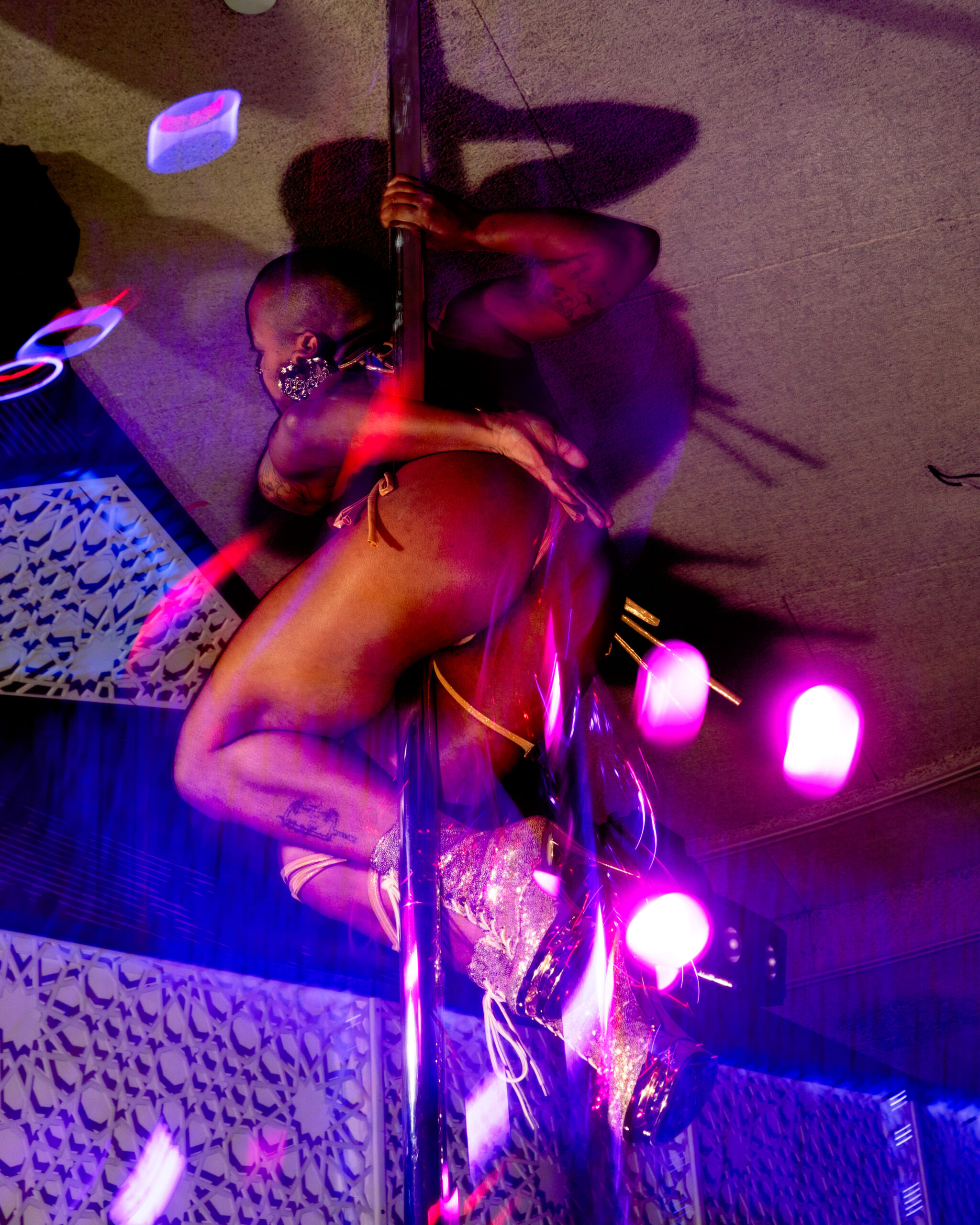
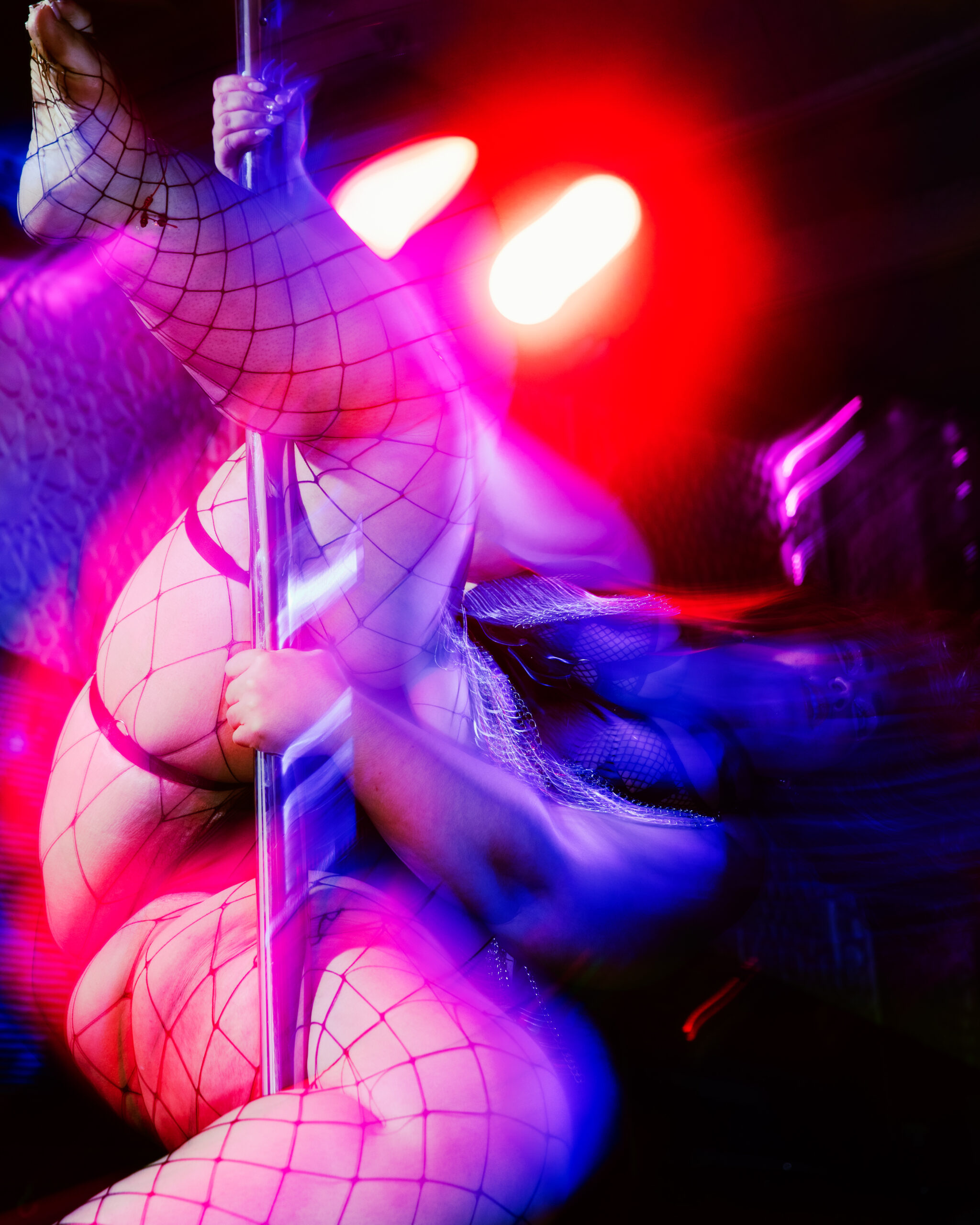
Who attends trans strip nights?
Juno also pointed out that some of their regulars at other clubs have come to THIRST and explored what the night has to offer, and conversely other queer THIRST regulars felt empowered to go see performers after at their usual club.
“It can be really intimidating for a queer person to exist in that space, both on and off stage,” says Juno. “I guess the work that we do is to try to foster a space that feels safer — safer for trans, queer sex workers, and audience members to exist and experiment with sex work, and also have a good time.”
As far as casting goes, every strip night is different. Some trans strip nights are community specific: like Alejandro, which started as a trans masc strip night and expanded to predominantly spotlight queer performers of color. There’s also Brooklyn’s GUSH, which caters to dyke and trans masc clientele, or something like Plastic World, which is specifically for dolls and transfemmes.
How does it feel to be at a trans strip night?
Many queer audience members of these shows are experiencing stripping, pole dancing, and other kinds of sex work for the first time.
“Seeing the gay joy on someone’s face after they’ve just had their first lap dance is my favorite part of the night. It’s so sweet,” says Hobrecker. Both Stardust and Hobrecker shared that the audience’s chemistry with each other and the performers was a surprising success of Thirst. These spaces just feel different.
Juno noticed people meeting and engaging with each other, feeding off the energy of the night. They shared that they hope these nights serve as a space to experience pleasure and deconstruct shame — something that queer people certainly are familiar with for a variety of reasons.
“I would like to hope it is expanding an audience’s views of what can be seen as desirable,” says Hobrecker. “I want people to be able to come in and be really surprised at what they find hot.”
“And I always say at the end of the show that I hope this is just the gateway drug into the world of sex work,” says Juno. “I hope people go out in the world and go to a strip club and get a lap dance, or book a session with a dom, or book a massage with a full-service sex worker, or whatever it is. That is just opening the door to a new world of experiences. So I ideally don’t want it to end at just THIRST.”
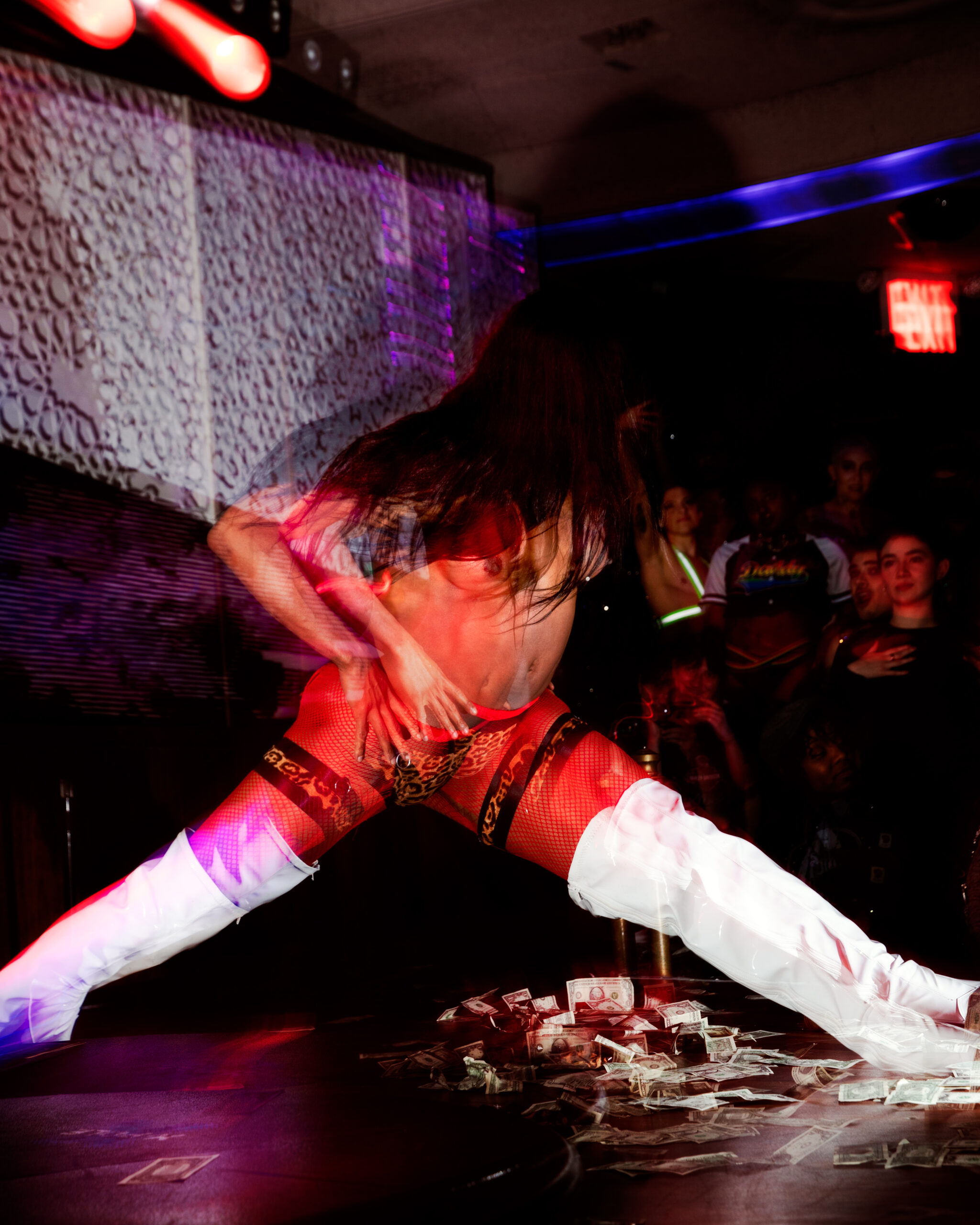
What does it take to produce your own queer strip night?
These events are certainly a labor of immense love via their organizers.
“Once you find your venue, once you have your girls, then you have to do all the work of putting together the promo for it, creating some kind of media campaign for it,” says Zarsky. Between securing a cast, finding a venue that will support, creating a media campaign, paying out dancers, reuniting forgotten props with performers, and working the actual event — which is a blur of strippers, guests, DJs, venue staff — organizers of these nights certainly have their work cut out for them.
“I don’t think I saw a single girl dance or do anything because I was so busy,” says Zarsky of the night-of work she was responsible for. She shared that one event she planned took about a month and a half to produce, while another took about three months.
As of right now, Hobrecker explained that THIRST organizers have a 1-to-2 hour meeting every week, plus homework to complete independently as well, which racks up to about 5 to 10 hours per week. This encompasses everything from casting, to venue negotiation, designing flyers, answering everyone’s questions, and general meetings about things like event flow. Then, on an actual show week, it becomes the producers’ full-time job.
The labor and effort this takes is worth highlighting, as it is, of course, the only reason these events can exist as revelatory experiences of queer desire. It’s also a responsibility, as handling sex work often yields intentional codes of conduct, house rules, photo constraints, and safety monitors to facilitate the evening.
It’s a testament to queer people’s resourcefulness, and disenfranchisement, that producers must build these nights from scratch. The demand for these events is clear and the momentum is certainly continuing to build as trans people feel more and more galvanized to take up space and display their sexuality without judgment or fear.
“One time someone called me a hedonist,” said Stardust. “I said, ‘Thank you’ because to me that is a compliment.”
The post How trans strip nights are creating their own spaces everywhere appeared first on GAY TIMES.

 Mark
Mark 





